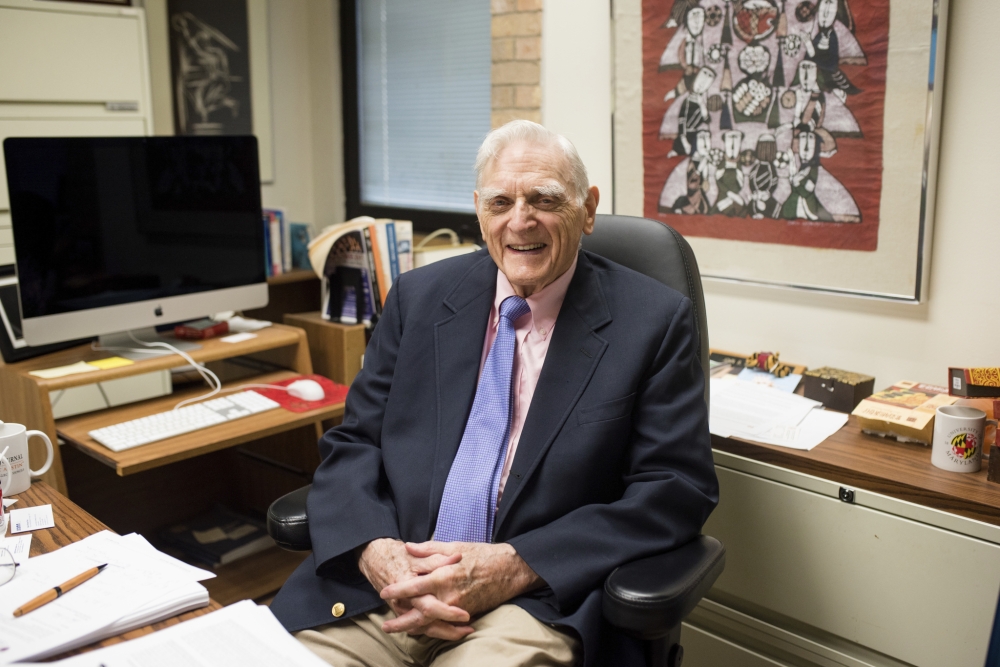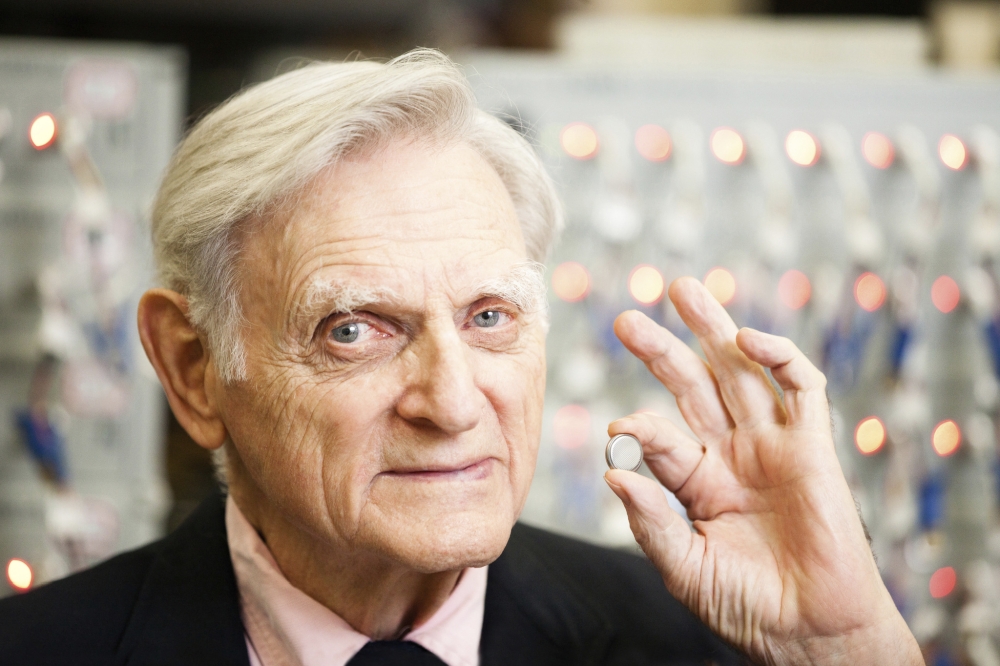One aspect of consumer electronics these days that is often taken for granted is the battery. Many would probably not be familiar with the name John Goodenough, widely credited as the one to created the lithium-ion battery. If you are among them, then it is unfortunate that you’ve only come across the name as we hear news of his passing. The University of Texas announced the death of the professor at the age of 100, which happened at the start of the week.
Goodenough and his research team discovered that it’s possible to achieve high density of stored energy using lithium cobalt oxide as the cathode of a lithium-ion rechargeable battery. The university recounts this discovery as happening back in 1979, which would be the foundation of lithium-ion batteries. Now, over four decades later, portable devices using such batteries are essentially everywhere. The professor was formally awarded the Nobel Prize in chemistry for his work in 2019, also making him the oldest person to receive one.

Prior to his work on batteries though, Goodenough was also credited for his work in laying the groundwork for the development of random-access memory (RAM), another key component in modern electronics. Another item on his impressive list of accolades includes being one of the founders of modern theory of magnetism, known today as the Goodenough-Kanamori Rules.
For better or worse, battery tech hasn’t improved much since the the mass adoption of lithium-ion batteries, at least on the consumer front. For what it’s worth, EVs are slowly moving on to solid-state batteries which are denser, charge faster and even last longer. Hopefully this is also passed on to mobile electronics. But until then, we’ll continue to rely on incremental upgrades of a four-decade old tech, which we have thanks to the discovery of Goodenough and his team.
(Source: University of Texas)
Follow us on Instagram, Facebook, Twitter or Telegram for more updates and breaking news.



